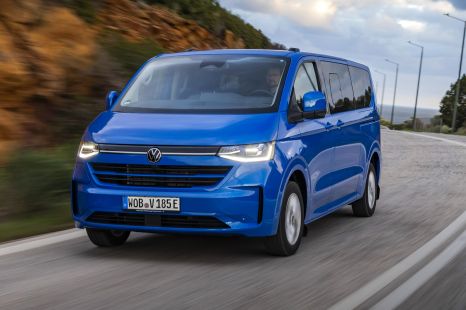

Dave Humphreys
2025 Volkswagen Transporter review: Quick drive
5 Months Ago

Senior Contributor
Hyundai Australia will launch a brand new and unusual-looking commercial van in the third quarter of 2021 to replace the big-selling but now 14-year old iLoad.
The new van will be called the Staria Load, taking its name from the new Staria people-mover also due in quarter-three, but also retaining ‘Load’ branding. The Staria will replace the iMax.
A filing on the Federal Department of Transport’s Road Vehicle Certification System (RVCS) system lists the new Staria Load nameplate, which we’ve since had confirmed to us by sources affiliated with Hyundai.
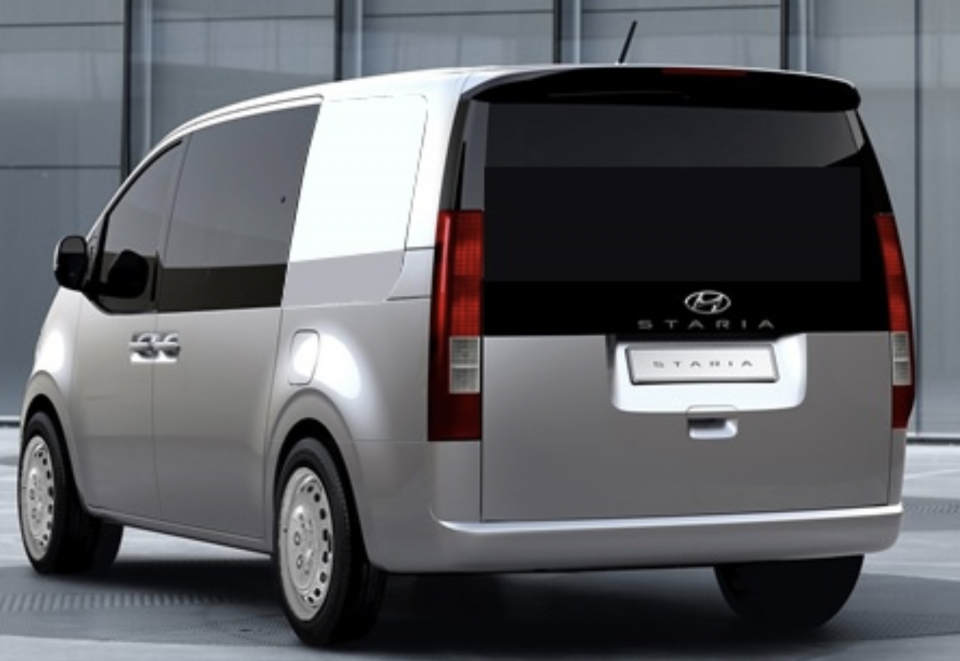
The commercial van keeps the Staria MPV’s concept-car styling, meaning it should stand out against the Toyota HiAce, Renault Trafic, Ford Transit Custom, Volkswagen Transporter, LDV G10, and more.
We understand that the Staria and Staria Load models were developed as people-carriers first and commercial vans second rather than the other way around, meaning you should expect a more refined and comfortable drive.
Power will come from a 2.2-litre turbo-diesel four-cylinder engine making 130kW of power and 431Nm of torque, which will be mated to six-speed manual and eight-speed automatic transmissions. The towing capacity will be 2500kg.
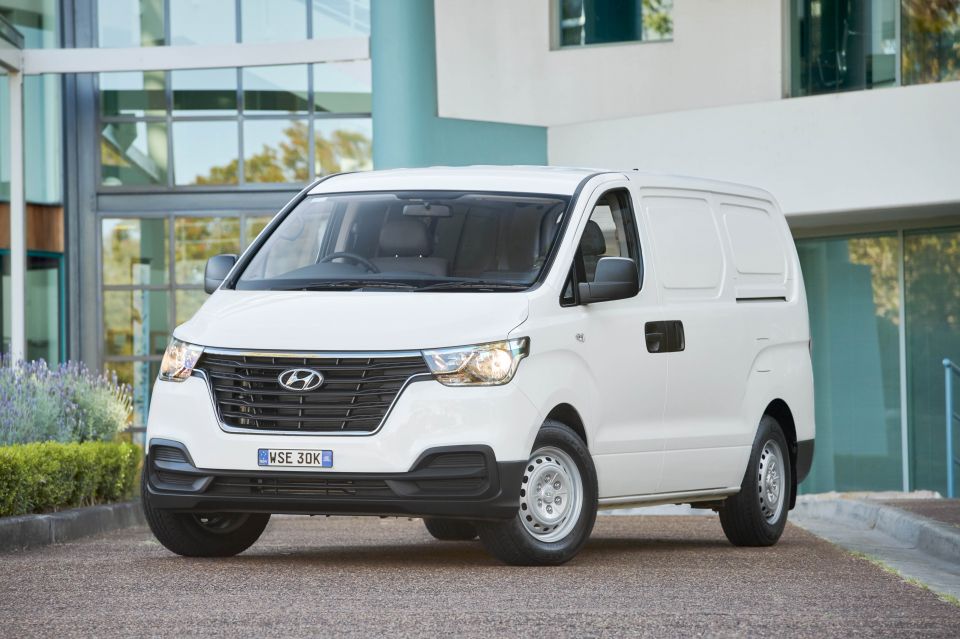
It’s also expected to switch to front-wheel drive to free up a lower load floor, matching most competitors (HiAce excluded, which remains rear-wheel drive). The Staria’s multi-link suspension will likely be switched for a rigid rear axle with leaf springs, and it’ll ride on 17-inch steel wheels.
We don’t yet know if Hyundai will opt to do a specific Australian suspension tune, with COVID-19 throwing a spanner in the works on that front.
The RVCS post indicates we should expect the two-seater van to have a tare mass of 1928kg and a gross vehicle mass (GVM) of 3000kg, whereas the five-seater crew van version should have a 2022kg tare mass and uprated 3100kg GVM. The GVM minus the vehicle mass equals the available payload.
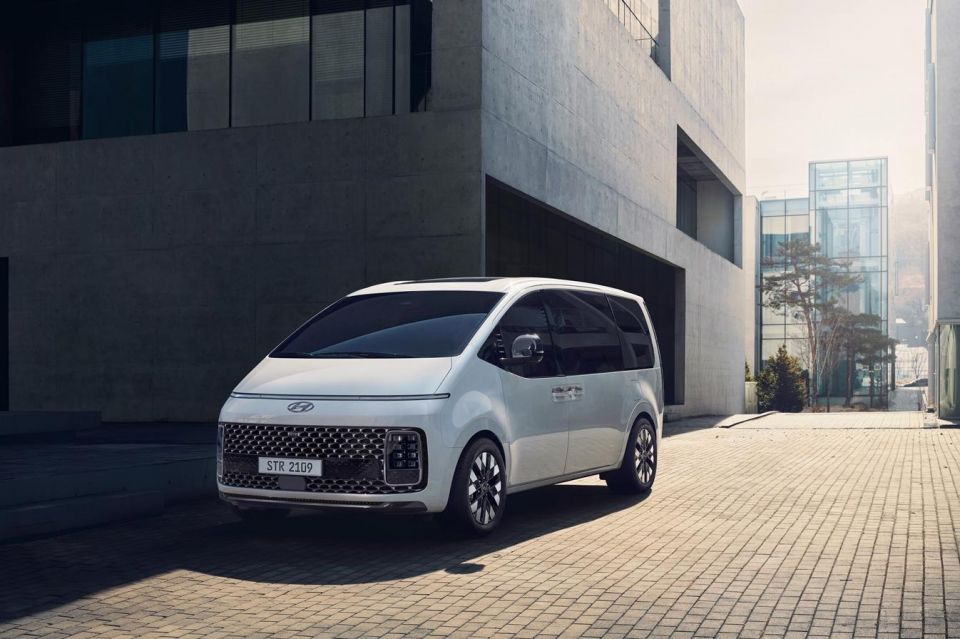
We’re also expecting to see sliding doors on both sides (either as an option or standard), while notes on the page also indicate there’ll be the option of a liftback tailgate or split barn doors that suit forklifts.
Dimensionally the Staria Load will be 5253mm long, 1997mm wide, 2000mm tall, and 3273mm between the wheels. The running ground clearance is expected to be 186mm. There’ll reportedly be up to 5000L of cargo capacity and room for up to three Euro pallets in the rear.
The Staria Load interior will mimic the Staria MPV though you’d expect fewer luxuries and materials more up for abuse. There’ll likely be the option of a large circa 10.25-inch centre touchscreen and digitised instruments.
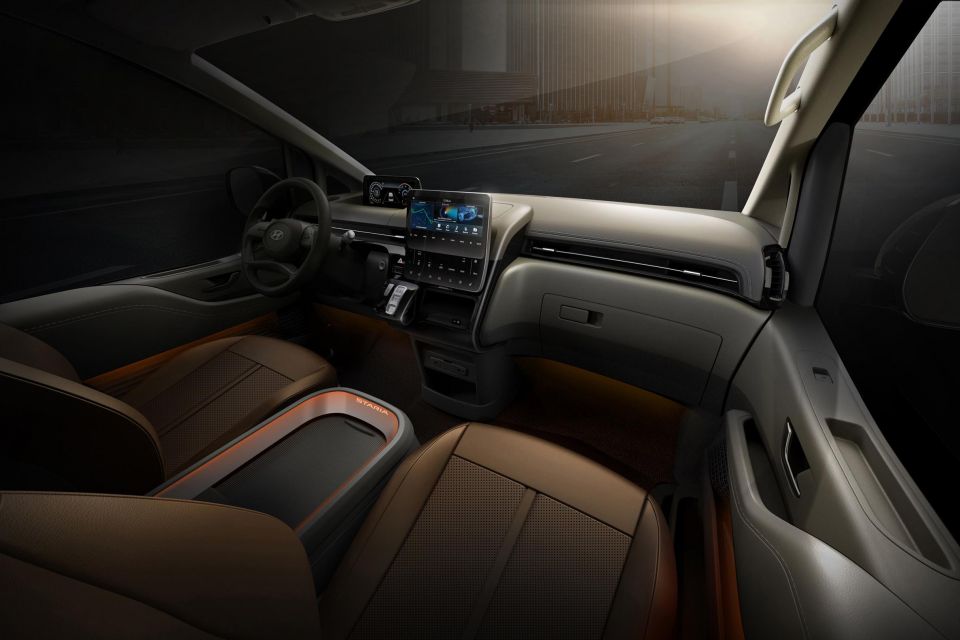
Given fleet requirements for five-star ANCAP crash ratings, we’d be deeply surprised if safety features such as side airbags, a clear rear camera, autonomous emergency braking, blind-spot monitoring, and lane-keeping aids weren’t fitted. The Toyota HiAce is the top-seller in this class and comes with this suite of safety stuff.
In terms of sales, the Hyundai iLoad has been a smash hit, even though the company offers fewer wheelbase and roof variations than most competitors. It’s generally sat second overall behind the Toyota most months over its long life.
VFACTS data shows Hyundai has in fact sold 61,992 iLoad vans since late 2007.
| Hyundai Staria Load* | Hyundai iLoad | |
|---|---|---|
| Engine | 2.2 diesel four | 2.5 diesel four |
| Power | 130kW | 100kW (man) or 125kW (auto) |
| Torque | 431Nm | 343Nm (man) or 441Nm (auto) |
| Transmissions | 6MT or 8AT | 6MT or 5AT |
| GVM | 3000-3100kg | 3230kg |
| Length | 5253mm | 5150mm |
| Width | 1997mm | 1920mm |
| Height | 2000mm | 1935mm |
| Wheelbase | 3273mm | 3200mm |
| Clearance | 186mm | 190mm |
CarExpert helps new car buyers save thousands with expert reviews, honest advice, and transparent pricing – no dealer pressure and no sales games.


Dave Humphreys
5 Months Ago
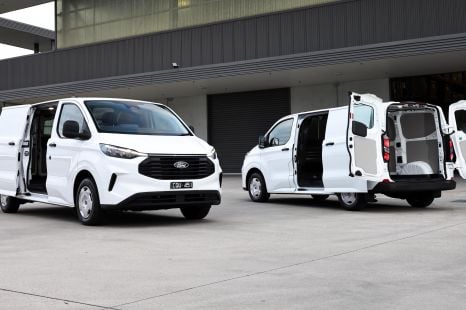

Max Davies
5 Months Ago


Josh Nevett
4 Months Ago
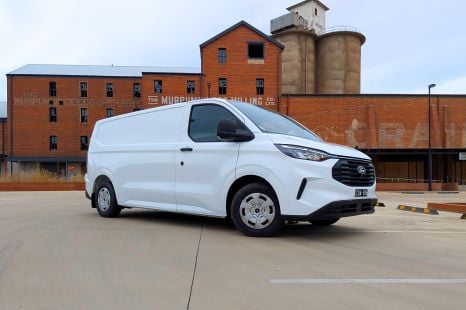

William Stopford
2 Months Ago
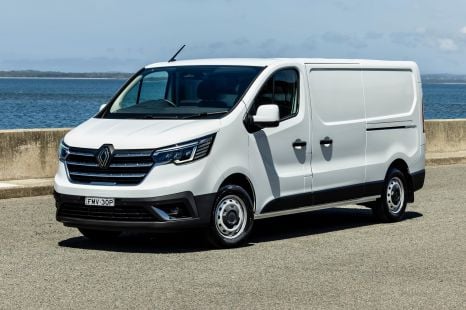

Max Davies
2 Months Ago
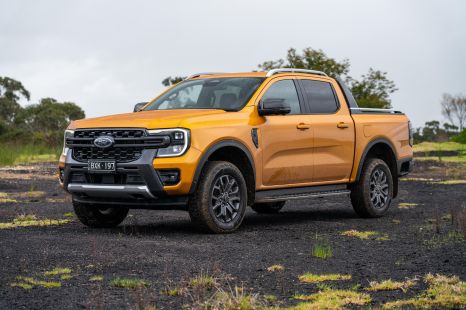

William Stopford
2 Months Ago